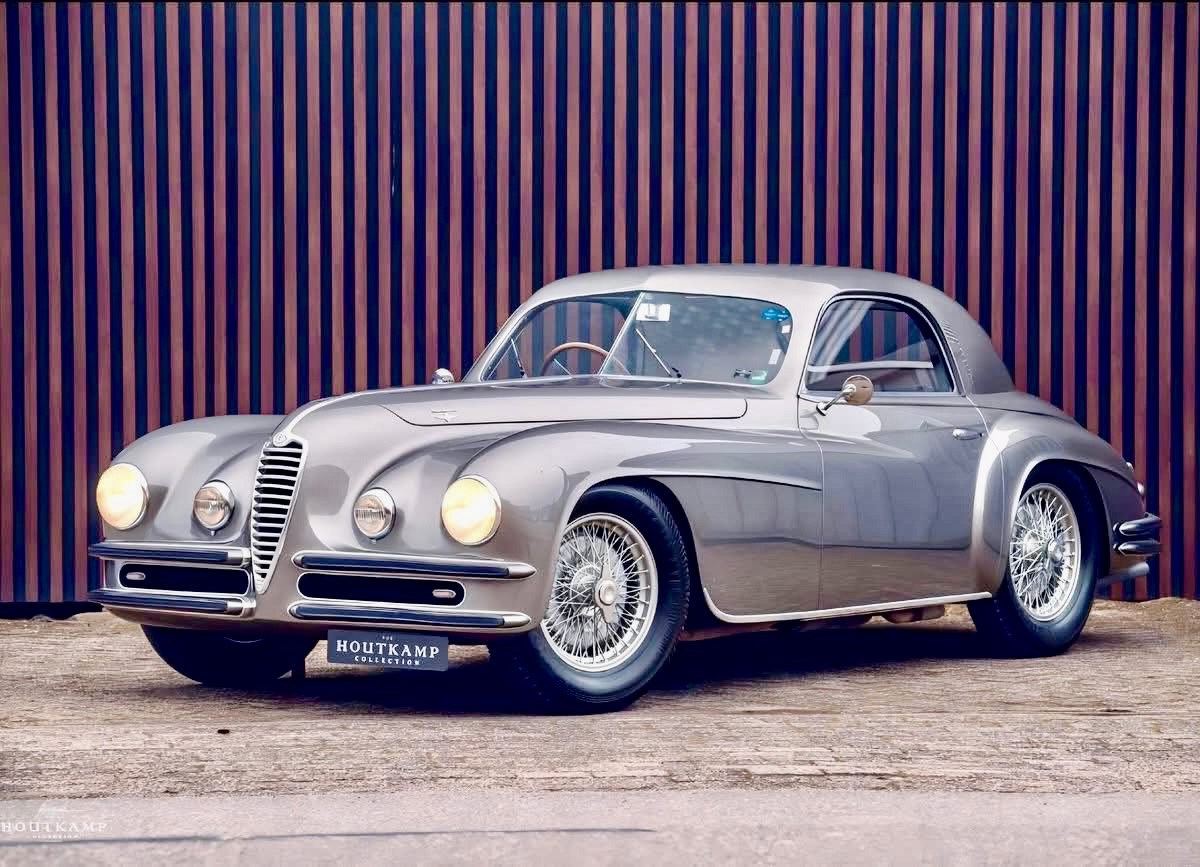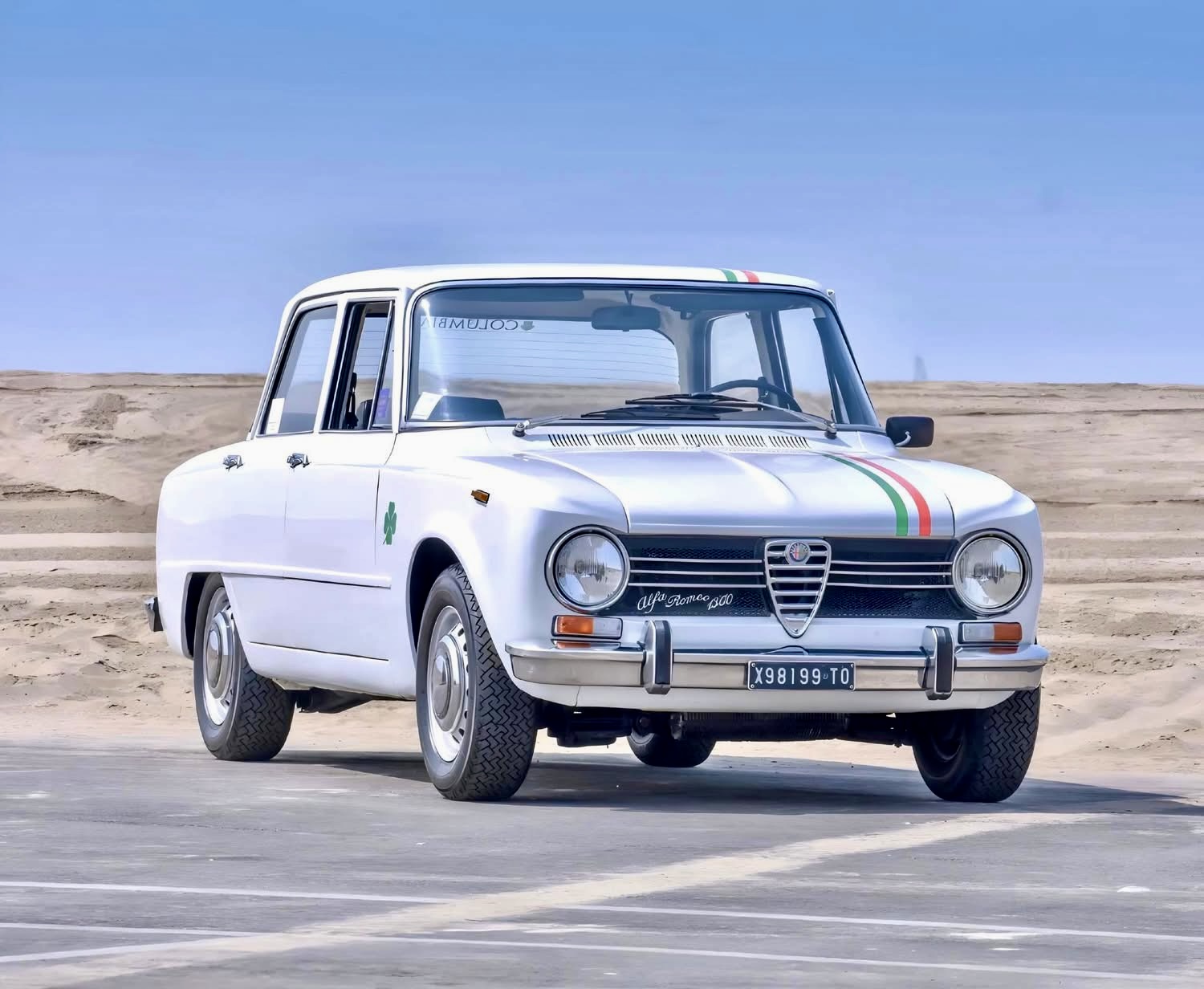“𝑯𝒐𝒘 𝒕𝒐 𝑺𝒑𝒐𝒕 𝒂 𝑻𝒓𝒖𝒆 𝑪𝒍𝒂𝒔𝒔𝒊𝒄: 7 𝑫𝒆𝒕𝒂𝒊𝒍𝒔 𝑻𝒉𝒂𝒕 𝑫𝒆𝒇𝒊𝒏𝒆 𝑨𝒖𝒕𝒉𝒆𝒏𝒕𝒊𝒄𝒊𝒕𝒚 𝒊𝒏 𝑽𝒊𝒏𝒕𝒂𝒈𝒆 𝑪𝒂𝒓𝒔”
- Get link
- X
- Other Apps
Learn how to identify a true classic car with these 7 key authenticity indicators. From matching numbers to period-correct parts, protect your investment and passion.

Introduction
Classic cars are more than just beautiful machines — they’re pieces of automotive history. But in today’s booming vintage market, how can you tell a genuine classic from a cleverly disguised replica or a heavily modified version? Whether you’re buying, restoring, or simply admiring, knowing how to spot an authentic classic is essential.
In this article, we’ll break down 7 specific indicators that help confirm whether a car is the real deal or just wearing a vintage mask.
1. Matching Numbers
One of the most important factors when assessing authenticity is whether the car’s engine, transmission, and VIN match the original factory records. This trio of “matching numbers” greatly affects a vehicle’s value and collectibility.
💡 Pro Tip: Request documentation or consult registries (like the Porsche Certificate of Authenticity or GM Heritage Center) to verify.

2. Correct VIN Placement & Format
Each manufacturer had its own VIN stamping locations and formats depending on the year. A 1969 Camaro, for instance, will have VINs on the dashboard and inside the driver’s door jamb.
❗ Red Flag: If VIN plates look tampered with or inconsistent with period formatting, the car may be a clone or re-bodied.
3. Period-Correct Parts & Finishes
A true classic will have era-specific components — from carburetors and gauges to badges and wheel finishes. Even small touches like the type of screws used in interior trim can reveal authenticity.
✅ Look for:
- OEM glass with period-correct markings
- Factory-correct upholstery patterns
- Original paint codes (check the firewall plate or service book)
4. Factory Build Sheets or Window Stickers
Cars like Mopars often came with a build sheet tucked under the seat or in the headliner. If found, it’s like discovering buried treasure — a document that confirms every spec as it left the factory.
🗂️ Also valuable: The original window sticker (Monroney label) showing factory price, options, and delivery date.

5. Restoration Documentation
An honest restoration adds value when it’s well-documented. Ask for:
- Photos of the restoration process
- Receipts for parts used
- Paint and bodywork invoices
📘 These not only verify the work but also establish a car’s provenance — crucial for future resale or concours judging.
6. Patina and Wear Patterns
Believe it or not, signs of age-appropriate wear can be more reassuring than a showroom-fresh appearance. Original paint chips, slightly worn pedals, or faded factory labels often tell a story of authenticity.
🚗 Beware of over-restored cars that look better than they ever did from the factory — they may have lost historical integrity.
7. Chassis and Undercarriage Details
Flip the car on a lift and check:
- Original spot welds (often replaced or smoothed out in replicas)
- Correct fuel and brake line routing
- Factory-style undercoating (vs. modern spray-on finishes)
🔧 This area is often overlooked but reveals how much originality is truly left.

Final Thoughts
As classic cars continue to climb in value, distinguishing genuine examples from copies becomes even more crucial. By learning to recognize these 7 details, you not only protect your investment — you honor the legacy of these rolling pieces of art.
- Get link
- X
- Other Apps
Comments
Post a Comment